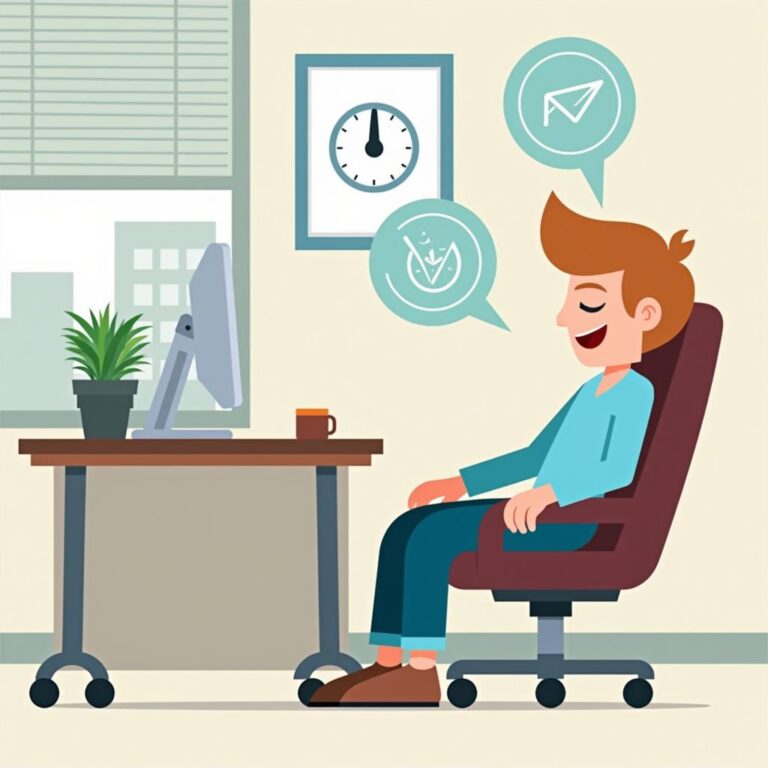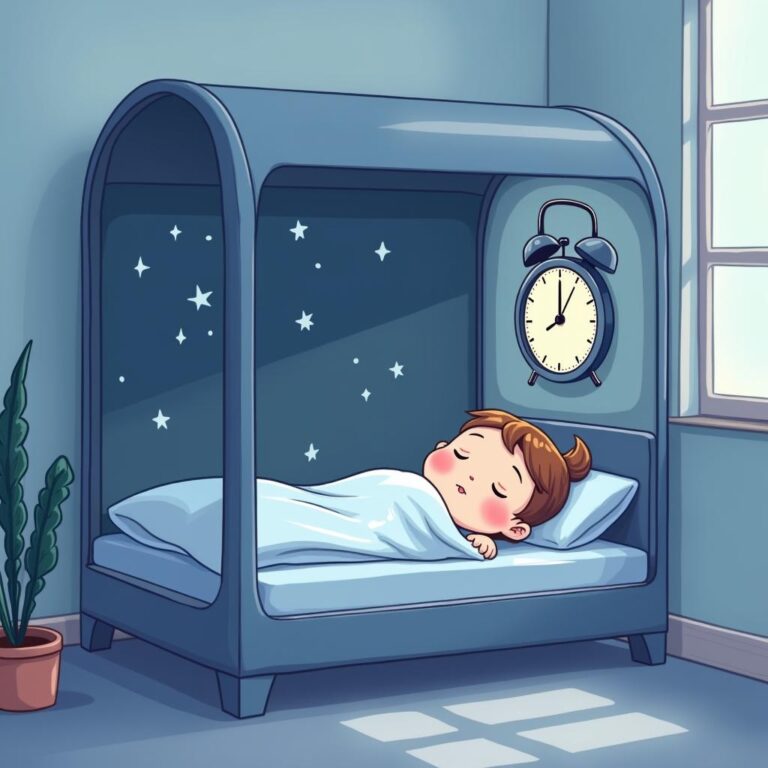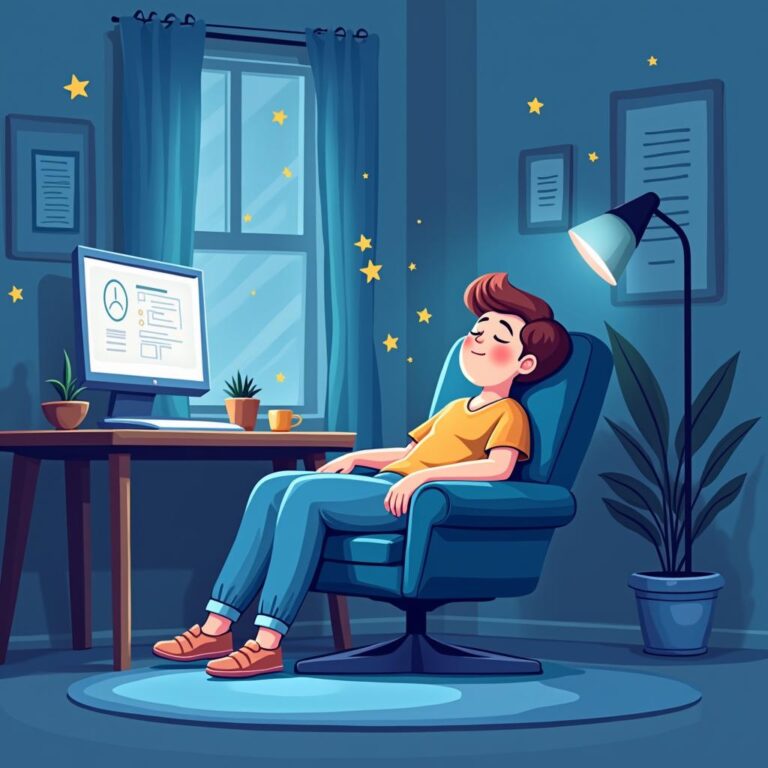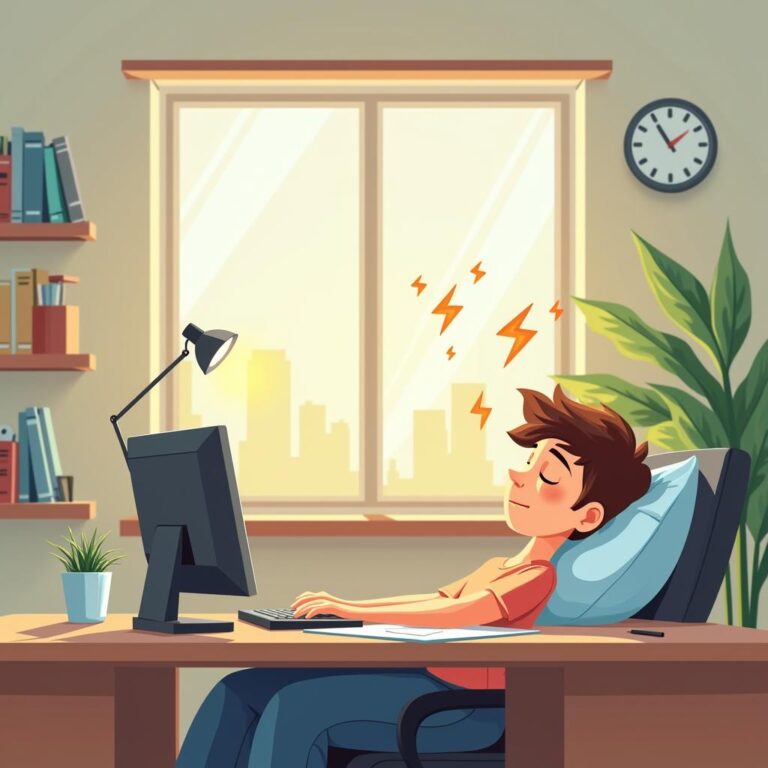In our fast-paced world, where productivity is often prioritized above all else, the importance of rest can sometimes be overlooked. One of the simplest yet most effective ways to recharge is through napping. The right nap can provide a much-needed energy boost in the afternoon, improving alertness and cognitive performance. This article explores the best nap time strategies for maximizing energy levels.
Understanding the Science of Napping
Before diving into the specifics of timing, it’s essential to understand how napping affects your body. During sleep, your body undergoes various cycles, including light sleep, deep sleep, and REM (Rapid Eye Movement) sleep. A nap can help you recover from sleep deprivation, enhance mood, and improve cognitive function.
Why Nap in the Afternoon?
The afternoon slump is a familiar phenomenon for many individuals, characterized by a drop in energy levels and alertness. Factors such as natural circadian rhythms, post-lunch lethargy, or insufficient nighttime sleep can contribute to this dip. Taking a brief nap can combat this slump, providing a significant energy boost without the grogginess often associated with longer sleep periods.
The Ideal Duration for an Energy-Boosting Nap
Not all naps are created equal, and their effectiveness can depend on the duration. Generally, naps can be categorized into three durations:
- Power Nap (10-20 minutes): This short nap is effective for a quick energy boost. It keeps you in the light sleep stage, enhancing alertness without causing sleep inertia.
- Moderate Nap (30-60 minutes): This duration may include light and some deep sleep, which can be refreshing, but be cautious of waking up during deep sleep, as this can lead to grogginess.
- Full Sleep Cycle Nap (90 minutes): This length allows you to complete a full sleep cycle, encompassing light sleep, deep sleep, and REM sleep. Although it’s the most refreshing option, fitting it into a busy schedule can be difficult.
Best Time to Nap
The timing of your nap is crucial for maximizing its effectiveness. The best nap time typically falls between 1 PM and 3 PM. This is when many people experience a natural decline in energy levels, making it the ideal window for a rejuvenating nap. Here are some factors to consider when planning your nap time:
Circadian Rhythms
Your body’s natural circadian rhythms play a significant role in determining when you feel tired or alert. Most individuals experience a drop in alertness post-lunch, making this a prime time for a revitalizing nap.
Individual Sleep Patterns
Your personal sleep needs and patterns should also be considered. Individuals who have had insufficient sleep the previous night may benefit from longer naps. On the other hand, those who are well-rested may find that a short power nap suffices to enhance alertness.
Work Schedule and Environment
Your work environment can also influence your napping strategy. If you work in a setting where naps are not socially acceptable, be sure to plan a suitable time to take your break. Perhaps you can utilize a lunch break or a scheduled downtime to sneak in a quick nap.
Creating the Perfect Napping Environment
To get the most benefits from your nap, it is essential to create a conducive environment. Here are some tips for optimizing your nap conditions:
- Find a quiet place: Look for a space free from distractions and noise. If you can’t find a quiet zone, consider using earplugs or noise-canceling headphones.
- Dim the lights: A dark environment signals to your body that it’s time to rest. Use an eye mask or blackout curtains to block light.
- Comfort is key: Ensure you’re comfortable, whether lying down or reclining in a chair. Use pillows or blankets if necessary.
- Maintain a comfortable temperature: Keep the room cool and comfortable to enhance relaxation.
Additional Tips for Effective Napping
Beyond timing and environment, there are several strategies to enhance the effectiveness of your naps:
Set an Alarm
Setting an alarm ensures you wake up after your desired nap time, preventing oversleeping and grogginess.
Practice Mindfulness
If you have difficulty falling asleep quickly, consider practicing mindfulness techniques. Relaxation exercises or deep breathing can help calm your mind and body, making it easier to drift off.
Limit Caffeine Prior to Napping
Consuming caffeine before a nap can counteract the benefit. If you plan to nap, consider reducing caffeine intake at least a few hours before your scheduled rest.
Post-Nap Ritual
After waking up, give yourself a few minutes to reorient. Stretching or drinking a glass of water can help clear the cobwebs and get you back into the swing of things.
Conclusion
Finding the best nap time for an energy boost can be a game-changer for productivity and overall well-being. Understanding the ideal nap duration, timing, environment, and additional strategies can enhance your napping experience. By incorporating a mindful approach to napping, you can effectively combat that afternoon slump, rejuvenate your mind, and maximize your energy levels. Taking the time to recharge with a quick nap could be the key to a more productive and fulfilling day.







